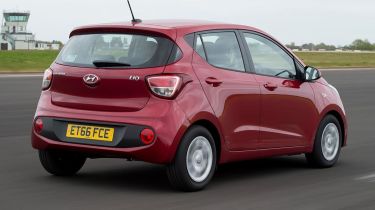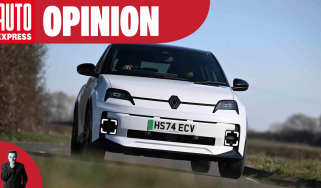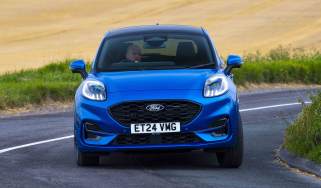Used Hyundai i10 (Mk2, 2014-2019) review - How much will it cost?
Not only will it cost you little to buy, but also the frugal engines, affordable servicing and low insurance groupings should mean it costs peanuts to run
Always seen as a great value option when new, the Hyundai continues to give you a lot for your cash as a used buy. Not only does it hold onto its value well, it benefits from penny-pinching running costs and, in some cases, the balance of the original five-year new car warranty.
Prices
On the whole, city cars don’t retain their value as well as larger cars, but the i10 bucked this trend. Like the similarly desirable VW up!, the Hyundai held on to around 50 per cent of its value after three years when new. That means you’ll pay a little more for an example than for most mainstream rivals, but you’ll get more back when you come to sell.
If you can afford it, then it makes sense to spend a little more on a post-2016 facelift example, as they came with more kit and improved infotainment. Crucially, they’re also more likely to have the balance of that five-year manufacturer warranty.
You can check out the latest used prices for the Hyundai i10 Mk2 by checking out the live used listings on our Find a Car service, or by using our free car valuation tool.
Fuel economy and CO2 emissions
As the i10 isn’t the strongest choice in terms of performance, you’d expect some kind of trade-off on efficiency. And sure enough, the car scores with impressive official fuel economy and low CO2 emissions.
Used - available now
The most efficient version is the 1.0 SE Blue with 65bhp. While it’s similar to the standard 1.0-litre model, it benefits from stop/start, which Hyundai badges Intelligent Stop&Go. This cuts emissions by 15g/km from 108g/km to 93g/km and helps improve claimed fuel economy from 60.1mpg in the regular car to 70.6mpg for the SE Blue. The standard car will cost just £20 to tax, while the SE Blue will set you back nothing at all.
Step up to the five-speed manual gearbox-equipped 1.2-litre petrol and your running costs will increase, albeit only a little. This car emits 114g/km of CO2 for a £30 tax bill and is capable of a very respectable 57.1mpg. However, the four-speed auto is less impressive, its return of just over 45mpg and emissions of 138g/km are high for such a small car, as is the £155 yearly VED cost.
Bear in mind also that after the revised WLTP efficiency testing procedure was rolled out in 2017 the i10’s on paper efficiency slumped. The CO2 emissions for the manual versions of the 1.0-litre and 1.2-litre leapt to 117g/km and 125g/km respectively. This means examples of both registered after March 2017 will attract a £180 annual tax bill.
Running costs
The i10 has to be serviced every 12 months or 10,000 miles, with three levels available: Base, Interim and Full. These cost £99, £169 and £229; the first is really an oil-and-filter change plus any software updates. For the first five years dealers offer a free health check, and three and five-year service packages are also available.
All engines are chain driven, so there are no cambelts to replace, but the coolant needs to be renewed every six years/60,000 miles and the brake fluid every two years/20,000 miles. Standard servicing covers these.
Like all Hyundai models, the i10 benefitted from five-year/unlimited-mileage warranty, which makes it a particularly desirable secondhand choice as the guarantee could be passed to new owners. That means that the last of the line models will still have around three years of cover, which adds plenty of peace of mind
The Hyundai i10 is as cheap to insure as any car on the market. All of the 1.0-litre versions sit in insurance group one, while even the 1.2 is only in group four or five, so you won’t pay very much for your annual premiums.







